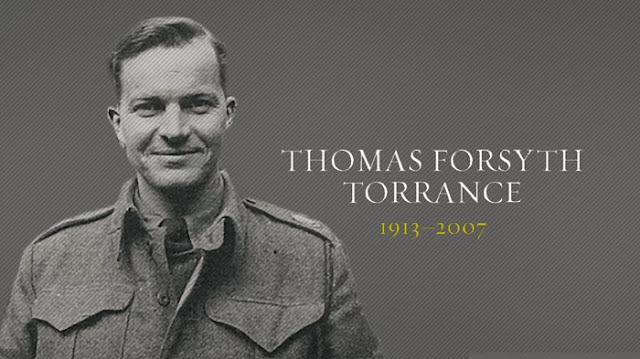A trinitarian view of mission

This post is by Dr. Michael Morrison, Dean of Faculty at Grace Communion Seminary. What is the mission of the church? One answer is this: make disciples who make disciples . While it is true that Jesus told his followers to go into all the world to make more disciples, baptizing them and teaching them (Matt. 28:18-20), this command can be misunderstood in a formulaic way, as is the case with the Jehovah’s Witnesses who hold to a one-dimensional, command-centered view of mission, which reflects their unitarian view of God. But the Bible tells of the God who is triune, who has a mission that is complex and multi-dimensional. This post explains. Without Purse or Script by Liz Lemon Swindle (used with artist's permission) The mission of the Triune God is not a multi-level marketing plan designed to get people to agree to certain doctrines, and then spread them. Doctrines are important, and obedience is important, but God’s mission is more than that. God is one being, three pers...
